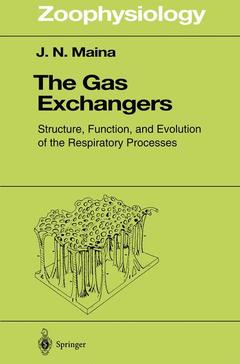"Amongst animals, diversity of form and of environmental circumstances have given rise to a multitude of different adap tations subserving the relatively unified patterns of cellular metabolism. Nowhere else is this state of affairs better exem plified than in the realm of respiration". Jones (1972). The field of comparative respiratory biology is expanding almost exponentially. With the ever-improving analytical tools and methods of experimentation, its scope is blossoming to fascinating horizons. The innovativeness and productivity in the area continue to confound students as well as specialists. The increasing wealth of data makes it possible to broaden the information base and meaning fully synthesize, rationalize, reconcile, redefine, consolidate, and offer empirical validation of some of the earlier anecdotal views and interpretations, helping resolve the issues into adequately realistic and easily perceptible models. Occa sional reflections on the advances made, as well as on the yet unresolved prob lems, helps chart out new grounds, formulate new concepts, and stimulate inquiry. Moreover, timely assessments help minimize isolation among investiga tors, averting costly duplication of effort. This exposition focuses on the diversity of the design of the gas exchangers and gives a critical appraisal of the plausible or constrained the evolvement of respiration. The factors that have motivated cause-and-effect relationship between the phylogenetic, developmental, and en vironmental factors, conditions, and states which at various thresholds and under certain backgrounds conspired in molding the gas exchangers is argued.




